What is the general difference between a normal tactile switch/push button and a detection switch/push button?
I have heard that if in an application, for example, a pushbutton has to be pressed for a long time (several years) until it is used, detection switches/pushbuttons are guaranteed to still work whereas this is not granted with tactile pushbuttons. Is this true?
I'm asking about an application in medical technology, but also just general knowledge, as I can't seem to find any information about it!
